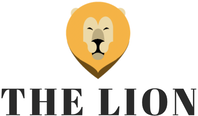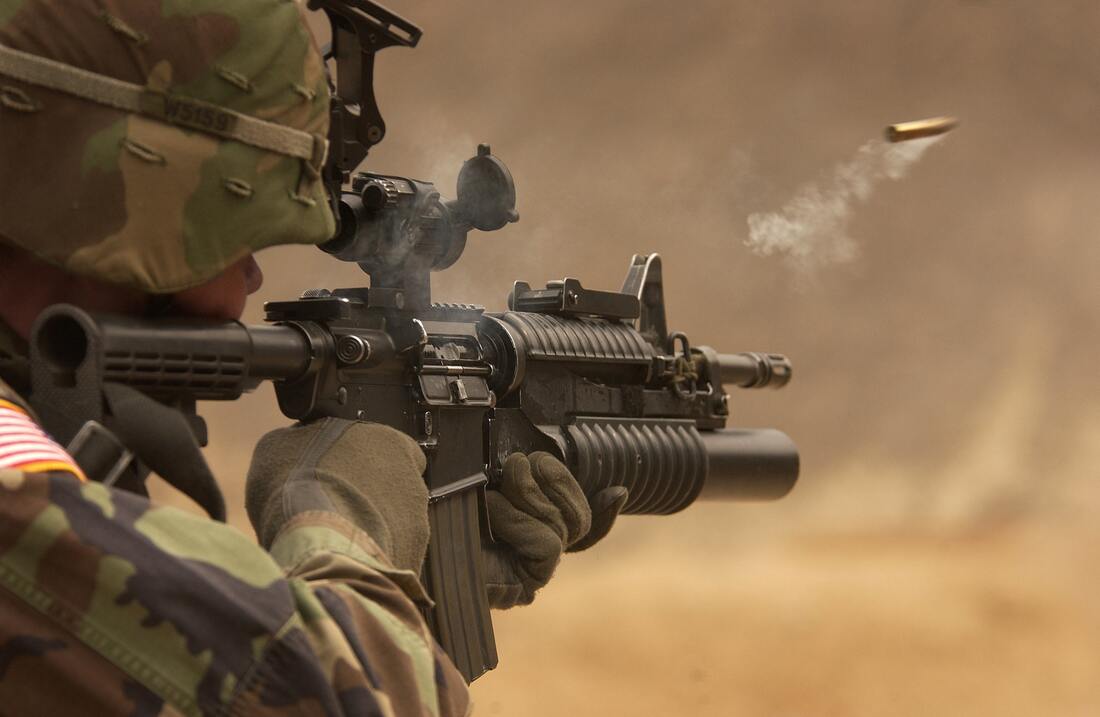|
By: H. Prado On the 7th of December, a landmark meeting was held between Biden and Putin as they virtually discussed Russia’s occupation of Ukraine. Currently, tensions are high as the Kremlin placed troops 125 miles from the Ukrainian border and is seemingly threatening to invade the country. Meanwhile, the USA and the EU stand for Ukrainian sovereignty and are historically opposed to Russia’s expansionist policy. According to the White House, Biden expressed, “deep concerns,” during his call with Putin, making it explicit that America “would respond with strong economic and other measures in the event of military escalation,”. He also encouraged a “return to diplomacy,” and assured Putin that the USA’s allies would agree with his sanctions, to which the Russian president refuted allegations. History of the conflict between Russia and Ukraine: Russia and Ukraine have longstanding cultural ties, with Ukraine having been an oblast state during the days of the Soviet Union. As such, there have been agitations between both countries for a long time, especially as Russia aimed to regain its military bases located in Ukraine, notably the Naval Base of Sevastopol. In 1994, following speculation about Russia’s interference, the Budapest Memorandum was signed, in which Russia promised to abide by ‘Ukrainian independence, sovereignty and the existing borders,’. Despite this, in 2014, troops were deployed to Ukraine so that Putin regained access to the Southern region of Crimea. To legitimize this occupation, a referendum was held in March 2014, in which 97% of the Ukrainian population voted that they wanted to return to Russian rule, likely as a result of pressure and intimidation from the occupying forces. This referendum is not recognized by several nations worldwide, and a UN GA resolution also considered it invalid. Ever since, conferences have been held in attempt to reverse the annexation, but Crimea remains in Russia’s territory. There have been 14,000 casualties throughout the conflict and Russian backed separatists have taken advantage of this opportunity to encroach on a region known as Donbas, further reducing Ukraine’s territory and sovereignty. Threat of further invasion: Ukraine claims that Russia is sending tanks, artillery and snipers to rebel areas, as well as having more than 90,000 forces stationed near the border. Allegedly, Russia has also attempted to disrupt the Ukrainian economy by stopping coal exports and therefore generating fuel shortages. Consequently, it hoped to create political turmoil as it would facilitate their intervention and undermine the local government. Additionally, a member of Russia’s Federation Council’s Committee of International Affairs said that the rebels located in Donbas have Russian passports and in case they needed any assistance, Russia would not, “abandon our compatriots,”, meaning that these rebels would likely serve as an excuse for occupation incase Ukraine actively acted against them. According to the CIA, Russian troops are stationed, ‘in a place where they could act in a pretty sweeping way,’ and an invasion involving more than 175,000 troops could occur as early as January 2022. If this is the case, there would be little that could be done to protect Ukraine, even with American aid. Russia’s claims: Russia has insisted that they are simply moving their troops and that this is not an escalation of any sort. Simultaneously, it has condemned Ukraine by affirming that it is planning to attack areas that are controlled by Russian separatists, and that Ukrainian leaders, are “running an anti-Russian project”, which will ultimately “destroy their own country”. Western intervention: The West, particularly the USA, has made it clear that they don’t want to engage militarily in the conflict — they don’t want to risk war between both countries that have tense relations dating back to the Cold War. Nevertheless, they have affirmed their support for Ukraine and its sovereignty and have instated many economic sanctions on Russia: Russia’s economic growth has been 2% below the world average despite it being one of the largest nations and Biden has declared that he would impose further embargoes in case of invasion. Moreover, although Putin told the West that Russia has “red lines” on Ukraine and that it should not become involved with NATO, the US is providing Javeline missiles and Coast Guard patrol boats to Ukraine for its defense. Also, Nato’s Secretary General claimed that Russia has no say on whether Ukraine becomes a member of the organization. In all, only time and the strength of diplomatic relations will tell if an invasion will occur, but hopefully a peaceful road is taken, and the future of Eastern Europe is not guided by conflict. Bibliography – https://www.bbc.com/news/world-europe-56720589 https://www.economist.com/europe/2021/11/14/russia-is-stoking-tension-with-ukraine-and-the-eu https://www.economist.com/europe/the-ukrainian-army-has-got-better-at-fighting-russian-backed-separatists/21806546 https://www.bbc.com/news/world-europe-59567377
0 Comments
Your comment will be posted after it is approved.
Leave a Reply. |

